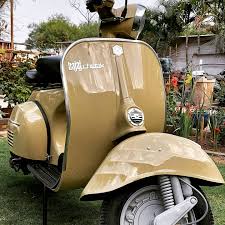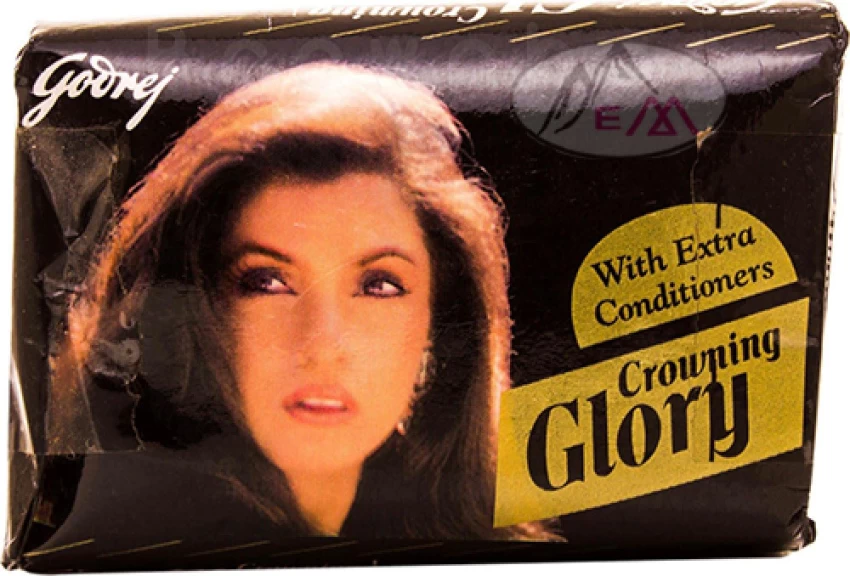Unforgotten Brands – Bajaj Chetak

Bajaj Chetak was one of the most coveted scooters in India, especially during the 70s and 80s and was the leader by many miles
In 1959, Bajaj Auto was given the green light to begin producing two- and three-wheeled vehicles. At the height of the quota and licencing Raj, it was an impressive feat. Although Bajaj Auto began making two-wheelers in 1961, it wasn’t until 1972, when it introduced the iconic Chetak, that scooters became commonplace in Indian middle-class households.
Italian automakers have been famous for their designs. Piaggio’s Vespa scooters from the 1940s are the best examples. Although they were likely designed for practical reasons, Vespa elevated this market category with its fashionable products. Bajaj Auto was particularly interested in one kind of scooter: the Vespa Sprint. While the Vespa Sprint was a hallmark of Italian style in the West, its unique appeal to Bajaj and India was based on a single principle: to get more people on the go at a lower cost and with less hassle.
Bajaj was granted permission to produce scooters in India by Piaggio, the parent company of Vespa. The Chetak, a near-identical copy of the Sprint, was the first product to come out of Bajaj’s factory under this agreement in 1972. When compared to contemporary motorcycles, the Chetak was both more inexpensive and more functional. As a result, it rose to prominence as a popular option for those seeking a straightforward commuter vehicle.
Naming
The horse Maharana Pratap rode in the Battle of Haldighati in the 16th century inspired the name Bajaj Chetak. Bajaj claims that this helped the model become so popular since the slogan “Hamra Bajaj” is always on people’s lips. The Chetak’s popularity led to a near doubling of its retail price. Bajaj was not permitted to boost Chetak output at will during the Licence Raj era (1951–1991) in the nation, lengthening the waiting time from 5 to 10 years.
The Chetak’s sturdy construction and dependability earned it widespread renown. It easily dealt with every conceivable hardship a workhorse might face. It could operate reliably in severe conditions while requiring little in the way of upkeep. The Chetak’s straightforward mechanical design also made it straightforward to fix if it ever stopped working. Both the Chetak’s and Bajaj’s reputations grew in popularity as they became the go-to vehicles of choice for professionals of all stripes.
The Chetak then adopted a locally designed design language in the 1980s, replacing the Sprint-based language it had previously used. Even though India had more of an influence on the scooter’s design than Italy did, the basic appearance remained the same.
Waiting Period
Reports suggest that demand for the Chetak was so high at its peak that customers had to wait almost 10 years to get their hands on one. Stories that the Chetak was the preferred dowry in North India and that weddings were rescheduled to coincide with the arrival of the scooter say much about the scooter’s cultural significance in India, despite its implausibility. The Chetak was widely used by the upper middle class in India. The “Hamara Bajaj” jingle, which played a significant part in moulding Indian mobilisation, was even memorialised when it was broadcast nationally. (To read more about the ad – https://onlykutts.com/index.php/2021/07/05/hamara-bajaj-bulund-bharat-ki-bulund-tasveer/)
Bajaj Auto was the largest two-wheeler manufacturer in India at the time, with roughly 600 dealers. According to advertising, Bajaj Auto was the biggest scooter manufacturer in the world at the time
Rising Demand
Bajaj Auto was able to improve its reputation, and a sizable consumer base was able to purchase Chetak as a result. Although the Chetak found widespread success, it was especially well-liked in the states of Delhi, Punjab, and Andhra Pradesh.
Bajaj Auto’s monthly scooter sales averaged over 70,000 units, with Chetak accounting for roughly half of those sales. It also produced scooters under the Super and Priya names. Both of them worked for the Bajaj Auto–owned Maharashtra Scooters Company.
The Fall
From 1995 to 1998, the scooter industry in India had its highest point of growth. In 1998, scooters dominated the two-wheeled market, accounting for almost 75% of total sales. During this period, Bajaj Auto controlled over 60% of the market. Around that time, sales of scooters started going downhill. Liberalisation in 1991 paved the way for the introduction of new styles and technologies, most notably in Japanese motorbikes. This, together with Chetak’s outmoded design, led to the suspension of manufacturing in December 2005.
Reference
https://en.wikipedia.org/wiki/Bajaj_Chetak
https://www.autocarindia.com/bike-news/bajaj-chetak-from-inception-to-rebirth-414930
https://www.outlookindia.com/website/story/automobiles-riding-down-memory-lane-bajaj-chetak/331879
https://www.timesnownews.com/auto/features/article/bajaj-chetak-what-made-it-so-popular/504048



